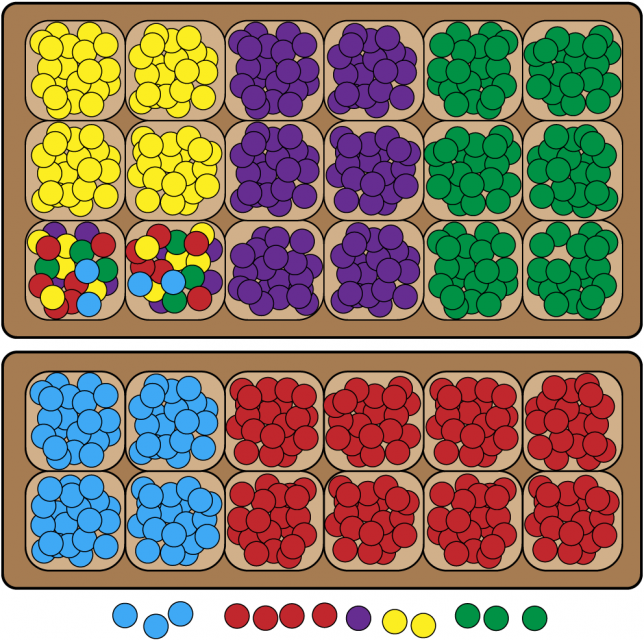Math in Our World: Making Bracelets

Amy likes to make bracelets. She discovered that storing her beads in egg cartons was a great way to reuse something and organize her beads at the same time.
Each compartment can hold a maximum of 20 beads. She completely filled an 18-count carton and a 12-count carton with beads and still had some left over.
Amy can make a bracelet with 30 beads, a necklace with 60 beads and a keychain with 8 beads.
- Show what is happening. Use pictures, models, or numbers.
- What do you notice? What do you wonder?
- What mathematical questions can you ask about this situation? Answer all the questions you can!
- Determine how many compartments there are in all. Draw a sketch that shows how many beads Amy could have.
- How many beads does she have in all? What operation can you use to find the total?
- Show your work to someone else, and explain your thinking. Did they understand?
- Ask whether they have any other questions you can answer!
Find something in your house that you could reuse to store some of your toys, collections, or game cards. Ask a question about the number of items you could store in the container that you found.
Google doc for printing and copying
Activity for the Seesaw platform
Sample problems and solutions